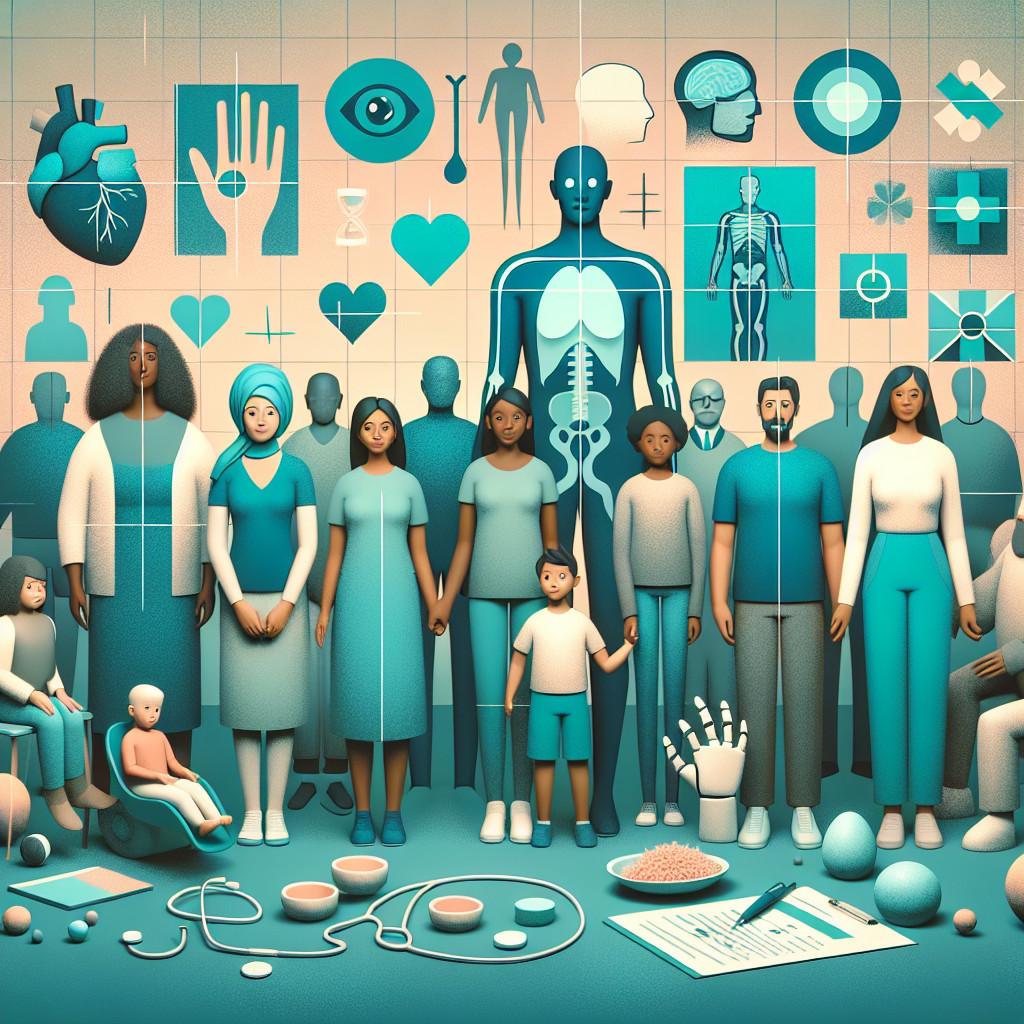Deep Brain Stimulation Vs. Medication: Which Works Best?

Overview
When it comes to managing conditions like Parkinson’s disease, essential tremor, or obsessive-compulsive disorder, people often wonder about the best treatment options available. Two common approaches are deep brain stimulation (DBS) and medication. Each has its own set of benefits and limitations, which can make the decision process feel overwhelming. Understanding the basics can help clarify which might be the better choice for you or your loved one.
Deep brain stimulation involves implanting a device that sends electrical impulses to specific areas in the brain. This technique can help reduce symptoms and improve quality of life for many individuals. On the other hand, medication typically involves taking prescribed drugs that aim to manage symptoms. While both methods can be effective, they work in different ways and may suit different needs.
One of the main benefits of deep brain stimulation is that it can provide significant symptom relief, often allowing people to reduce their reliance on medication. This can lead to fewer side effects, which can be a major concern for those who experience adverse reactions to drugs. However, DBS is a surgical procedure, which means it comes with inherent risks like infection or complications from anesthesia. Some people may feel anxious about undergoing surgery, and it’s crucial to weigh those feelings against the potential benefits.
Medication, on the other hand, is generally less invasive and easier to start. Most people are familiar with taking pills, and for many, medication can effectively manage symptoms. However, medications may not work for everyone, and they can come with side effects that vary from mild to severe. Some individuals might find that their medication needs change over time, requiring adjustments or even a complete switch to a different drug.
Common concerns about deep brain stimulation often revolve around the surgical aspect. Many people wonder about the recovery process. While everyone’s experience is different, most individuals can expect to spend a few days in the hospital after the procedure. Recovery at home usually involves some rest and a gradual return to normal activities. It’s important to follow up with healthcare providers to monitor the device and make any necessary adjustments.
Day-to-day considerations also play a big role in choosing between these options. With DBS, some people report a sense of freedom from their symptoms, allowing them to engage in activities they might have avoided before. However, others may experience changes in mood or cognitive function, which can be concerning. Medications can offer stability, but they might require ongoing adjustments and regular doctor visits to ensure they remain effective.
Cost can be a significant factor in deciding between deep brain stimulation and medication. Generally, DBS involves a higher upfront cost due to the surgery and the device itself. However, some people find that they save money in the long run by reducing their need for medications. Insurance coverage can vary widely, so it’s essential to consult with your provider to understand what’s covered and what out-of-pocket expenses you might face.
Access to treatment is another consideration. Not all medical centers offer deep brain stimulation, and finding a qualified surgeon can take time. In contrast, medications are widely available and can be prescribed by a variety of healthcare providers. This accessibility can make it easier for patients to start treatment without extensive delays.
People often have questions about the long-term effects of both treatments. For many, deep brain stimulation can lead to lasting improvements in symptoms, but it’s not a cure. Medications can also be effective over time, although their effectiveness may wane for some individuals. It’s important to have ongoing conversations with healthcare providers to monitor progress and adjust treatment plans as needed.
Another common question revolves around lifestyle changes after either treatment. With deep brain stimulation, most individuals can return to their usual activities but may need to take precautions, especially in the weeks following the surgery. For those on medication, maintaining a consistent routine can help manage symptoms effectively. It’s always wise to communicate openly with doctors about any lifestyle changes that might be necessary.
Ultimately, the choice between deep brain stimulation and medication is a personal one and should be made with thorough discussion and consideration. Each option has its own advantages and challenges. The best approach is to consult with a healthcare provider who can help you weigh the pros and cons based on your unique situation. They can provide you with the information you need to make an informed decision, ensuring that you choose the path that feels right for you. Remember, you are not alone in this journey, and support is available every step of the way.